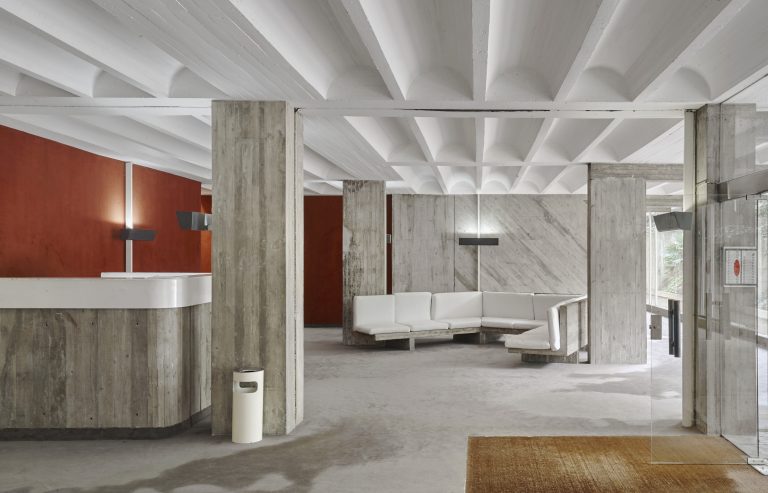In Pictures
-

Oriol Maspons
Request the image
© Fons Fotogràfic O. Maspons / Arxiu Històric del COAC
-

Oriol Maspons
Request the image
© Fons Fotogràfic O. Maspons / Arxiu Històric del COAC
-

autoria desconeguda
Request the image
Fons Quaderns d'Arquitectura i Urbanisme / Arxiu Històric del COAC
-

autoria desconeguda
Request the image
Fons Quaderns d'Arquitectura i Urbanisme / Arxiu Històric del COAC
-

autoria desconeguda
Request the image
Fons Quaderns d'Arquitectura i Urbanisme / Arxiu Històric del COAC
-

autoria desconeguda
Request the image
Fons Quaderns d'Arquitectura i Urbanisme / Arxiu Històric del COAC
-

Lluís Casals
Request the image
Fons Fotogràfic Lluís Casals / Arxiu Històric del COAC
© VEGAP -

Lluís Casals
Request the image
Fons Fotogràfic Lluís Casals / Arxiu Històric del COAC
© VEGAP -

© José Hevia Blach
Request the image
© Arxiu Històric del COAC
-

Oriol Maspons
Request the image
© Fons Fotogràfic O. Maspons / Arxiu Històric del COAC
-

Oriol Maspons
Request the image
© Fons Fotogràfic O. Maspons / Arxiu Històric del COAC
-

Oriol Maspons
Request the image
© Fons Fotogràfic O. Maspons / Arxiu Històric del COAC
-

autoria desconeguda












